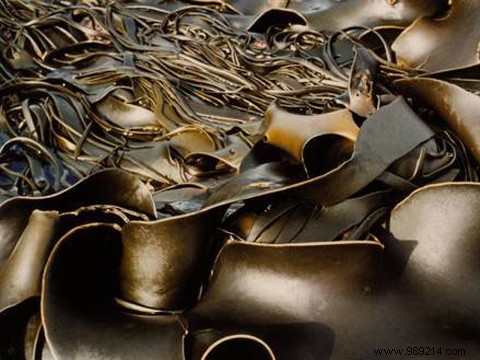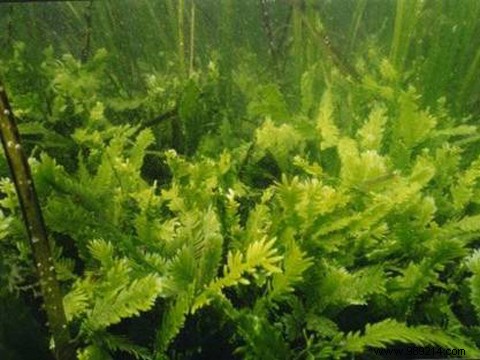
Eat seaweed? Here's a funny idea... And yet! It is true that on our side of the globe, when the word "algae" is pronounced, the image associated with it is often that of a plant with a curious appearance, sprawling, but also slimy and sticky, which surprises us and slips between our feet while we were quietly bathing.
And as if that weren't enough, she also finds a way to smell bad! But the algae family is not limited to those you frequent on the beach. The maritime garden works like the terrestrial garden:there are the good ones, and the bad ones. And given the track record of algae in the "health capital" category, it would be a shame to deprive yourself of it, especially since this apprehension of aquatic vegetables is above all a matter of culture. In countries like Japan, seaweed is eaten in as commonplace a way as lettuce is here.
There are tons of varieties of seaweed, and each has its own nutritional properties. Nevertheless, they all have, in different proportions, depending on the depth where they grow, the same nutrients.

Whatever the variety, the health capital of the seaweed remains remarkable. All help to facilitate intestinal transit and help control weight. Indeed, integrating seaweed into a diet is a great help, because seaweed has won the crazy challenge of being both richer than any other food in minerals, and low in calories.
Seaweed is also a good way to do a great spring cleaning. Of course, we are not talking here about traditional cleaning (do not try to mop the floor with seaweed, or you risk remembering it for a long time…) but about internal cleaning. Algae indeed contain alginic acids, which behave in the body as cleaning agents, defying all dangers to capture and trap toxic metals, and send them back where they came from.
Moreover, we do not know enough but the consumption of seaweed can consequently reduce the risk of breast cancer . Seaweed is probably not the only factor, but it is still interesting to note that in Japan, where the consumption of seaweed is as commonplace as a happy and smiling Parisian (the ironic character of this sentence is left to your discretion) the number of people with breast cancer is much lower than in the West. For example, the number of breast cancers in Japan represents 20% of the number of breast cancers in the United States.
Why would algae have anything to do with it? First of all, you should know that breast cancer is one of the hormone-dependent cancers, and is therefore directly linked to the balance of hormones in the body. However, algae have an anti-oestrogenic action, which makes it possible to create protection against this type of cancer. In addition, they are rich in iodine and selenium, elements often lacking in affected people. In addition, studies on rats have shown that the consumption of seaweed helps fight against the development of breast tumors, and induces the death of breast cancer cells. Researchers are still working to this day on the potential of algae in this area.
These same researchers have however recognized that if the Japanese are so thin, the algae are not for nothing! They have indeed recognized its appetite suppressant qualities , draining, and nourishing. They also recognized all the richness of algae in phytoterols, which occupies the first step of the podium of anti-cholesterol vegetable molecules, and this always for a low calorie rate, unlike other foods containing this molecule.
The seaweed also thinks about your eyes. If at this stage you still feel a certain disdain for aquatic plants, it is clear that vegetables that contribute to the good health of your eyes , it is still quite rare. And yet, the algae engages in it. Algae indeed contain lutein and zeaxanthin, two substances involved in slowing down the aging of the eyes, while preventing degenerative eye diseases.
Eating seaweed may still be a rather bizarre concept for you. Well, know that there are all kinds of seaweed-based cooking recipes. Sauerkraut from the sea is the perfect example of a dish that is both delicious and rich in seaweed.